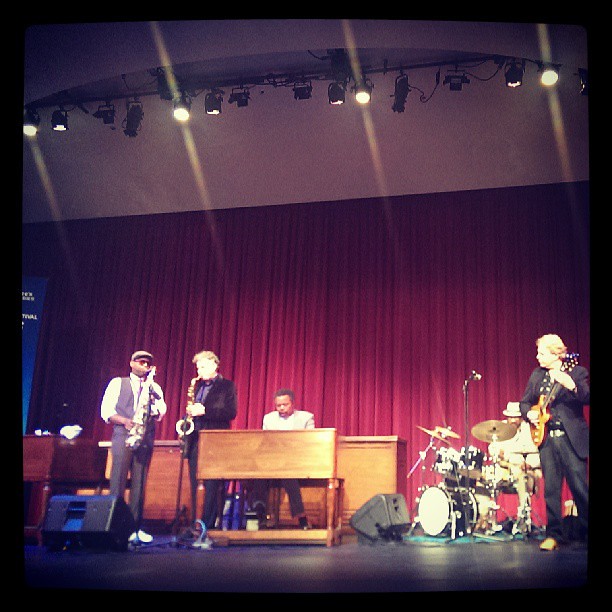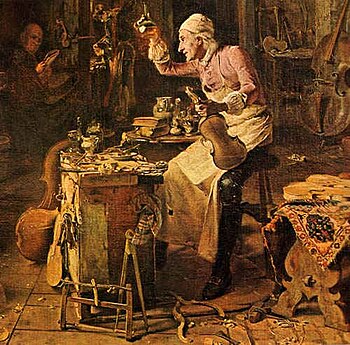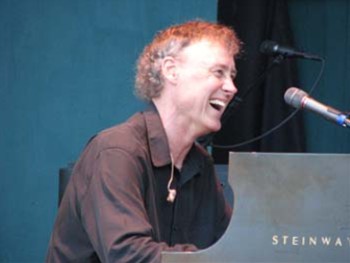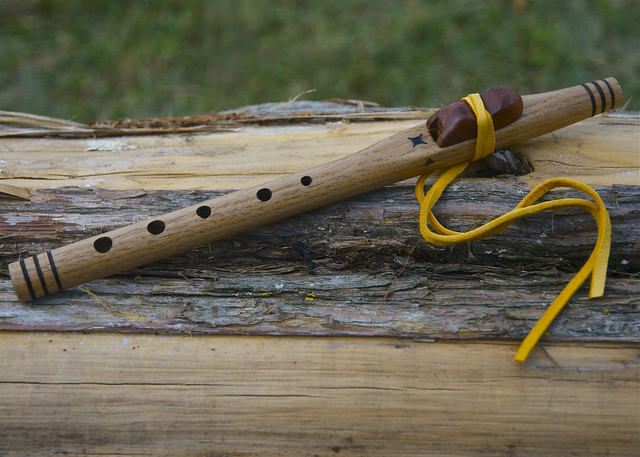 |
| Photo by Ethan Prater |
For example, it is possible to finger a low Bb (the lowest note on the instrument) and by changing the embouchure and air stream to blow the full overtone series of the low Bb (middle Bb, middle F, high Bb, high D, high F, and so on.) This technique can be heard clearly in the well-known opening theme to Saturday Night Live.
Lenny passes says this about his equipment, in response to numerous inquiries: "I play a Selmer Paris Mark VI tenor (circa 1970) with a Berg Larsen 130 over 0 (SMS) mouthpiece and a number 3 Vandoren (blue box) bass clarinet reed."
Pickett, born in New Mexico in 1954, is competent not only with saxophone but also on flute and clarinet. After dropping out of high school in Berkeley, he spent a brief period studying under Bert Wilson, but amazingly, other than that instruction is entirely self-taught on the saxophone. Not viewed as a traditional jazz player, he is best showcased in short bursts of color bringing the life of his horn to center stage in R&B and rock arrangements. He is well known for his funky style, and his ability to make the sax "scream."
Pickett played with the Tower of Power horns from 1972 to 1981 and toured the world with them. Tower of Power still tours extensively today, though without Pickett. They released multiple Top 100 albums over the course of Pickett's career with them. Tower of Power played in many styles, from soul to funk to disco, and Pickett's virtuoso playing felt at home in all of them.
Tower of Power's horns section has performed with a variety of other artists including Santana, Heart, Poison, Phish, and more. He has since performed live and recorded with Rod Stewart, Elton John, Little Feat, Peter Gordon's Love of Life Orchestra, Doc Kupka's Strokeland Superband, and many rock and jazz albums and film and television soundtracks. Pickett's management's bio describes his music as "polyphonic extravaganzas which manage to touch base with R&B, funk, swing, Latin influence, and the avant-garde; horn lines twist around one another, shifting and building in intensity."
He has worked as a saxophonist and arranger for David Bowie, the Talking heads, and Laurie Anderson. As a composer, he has been commissioned to write works mixing classical and popular ideas for a variety of ensembles including the New Century Saxophone Quartet. Due to his strange and wild self-taught style, his techniques are endlessly discussed on Internet forums, where players speculate on his fingering, whether or not he's using double or triple tonguing, often asking each other "What is Pickett doing?!??!"
He is currently a professor of jazz saxophone at New York University.
|















